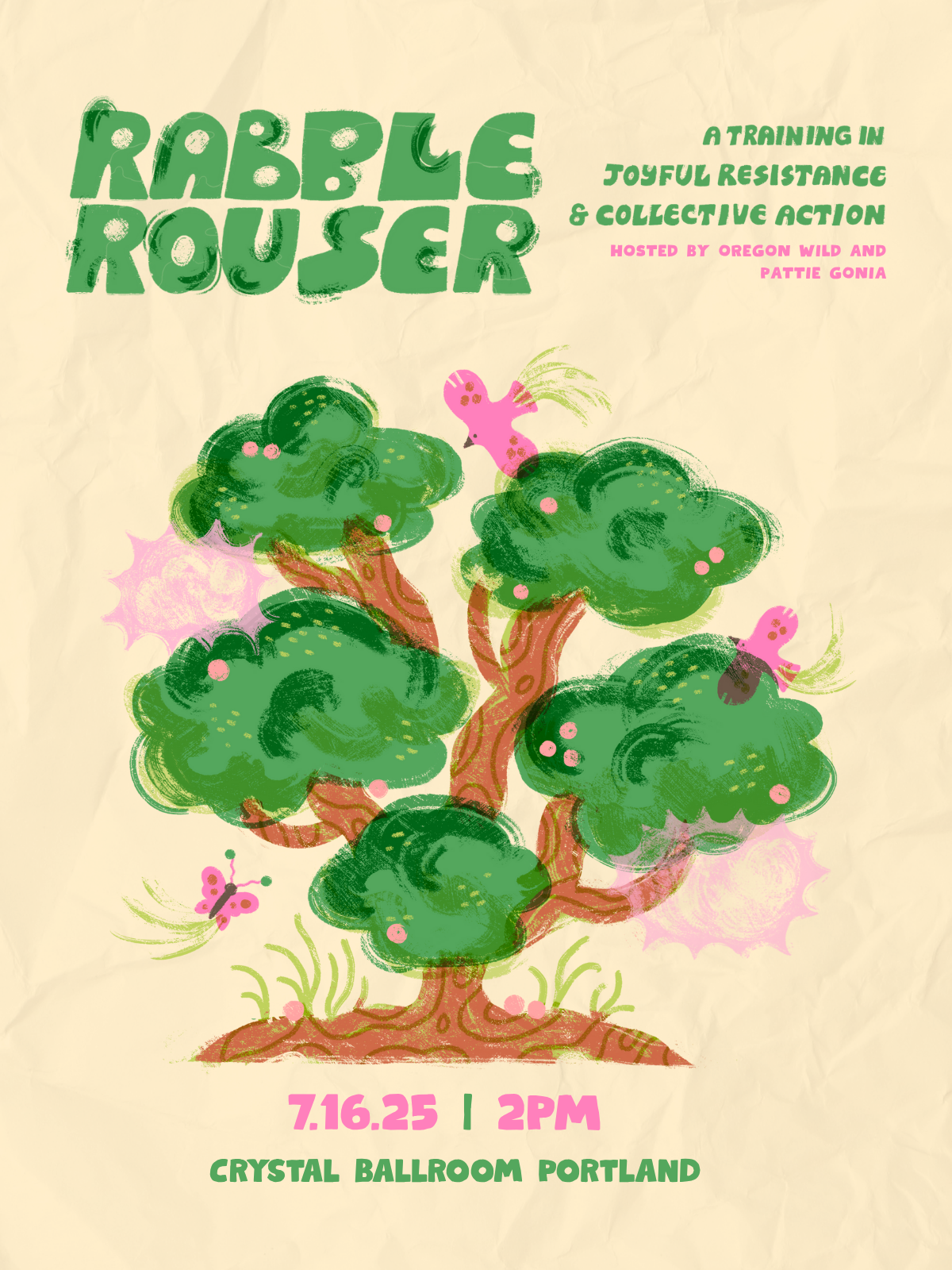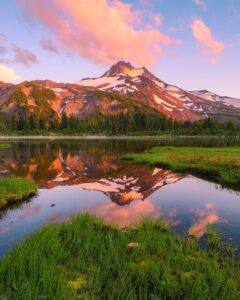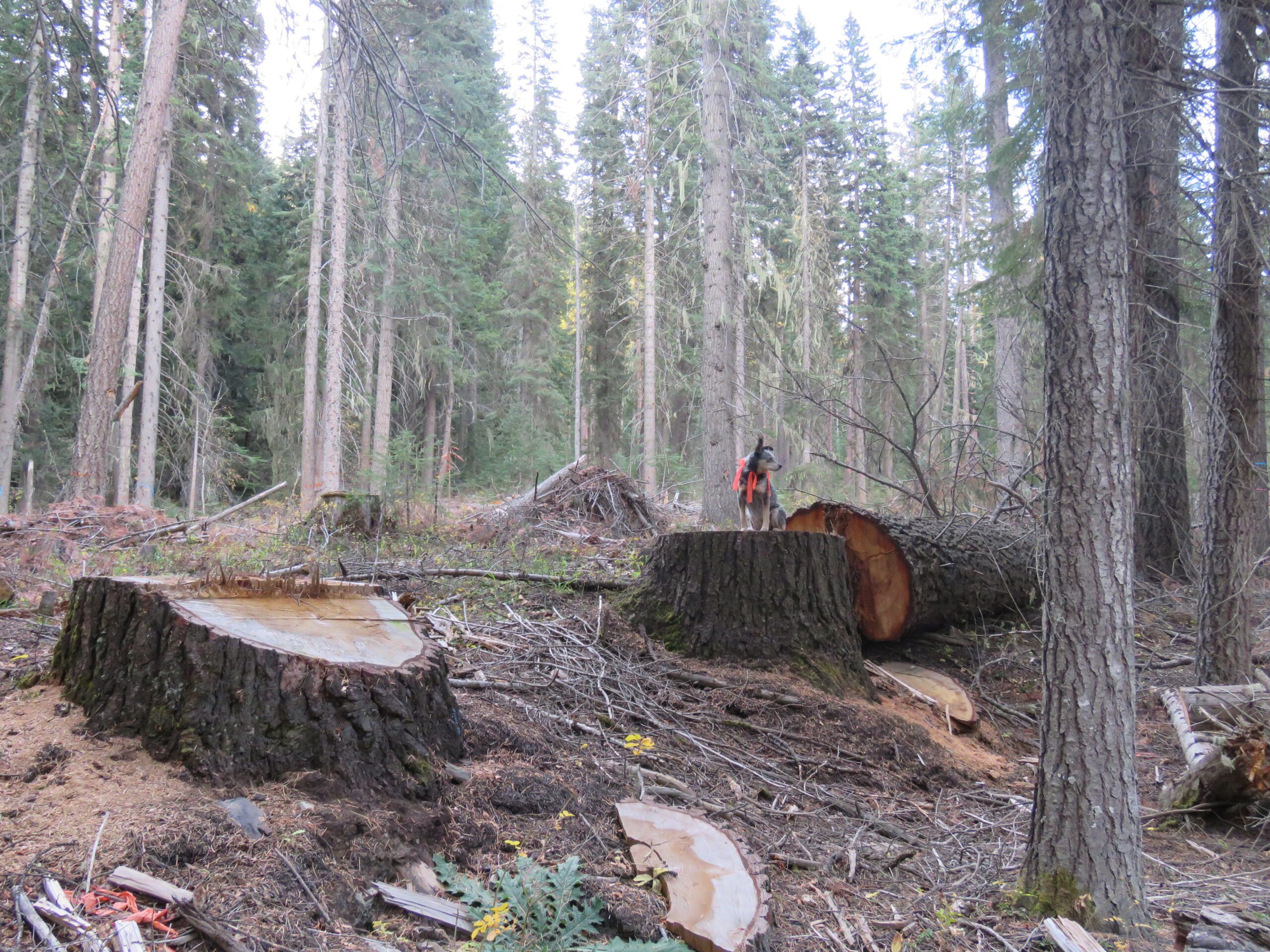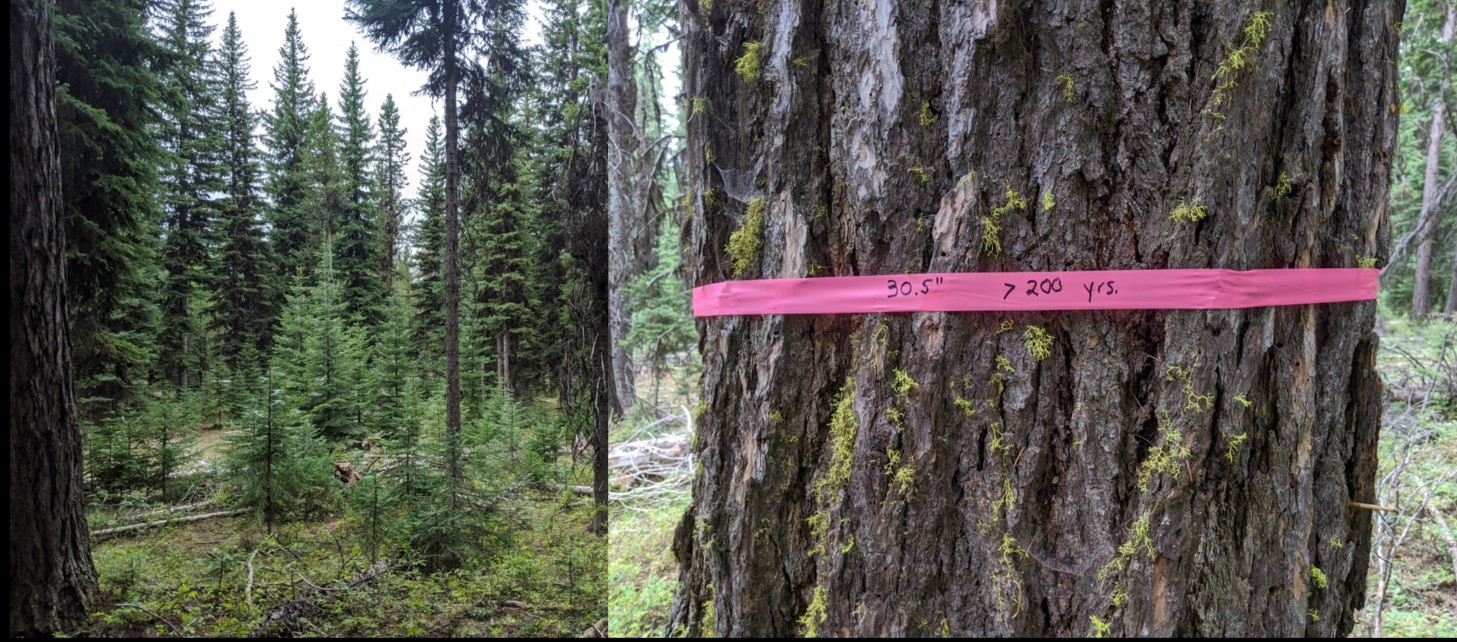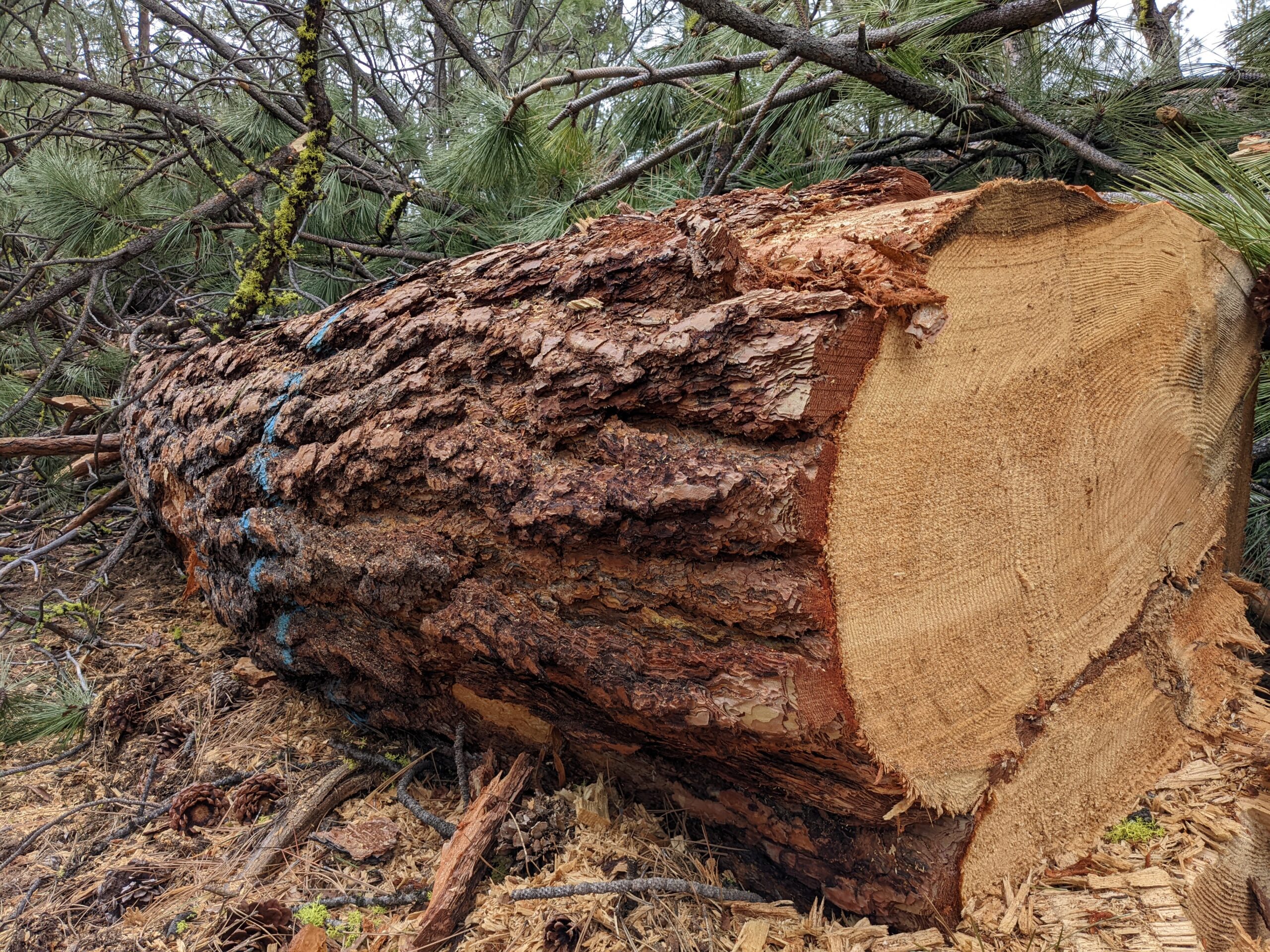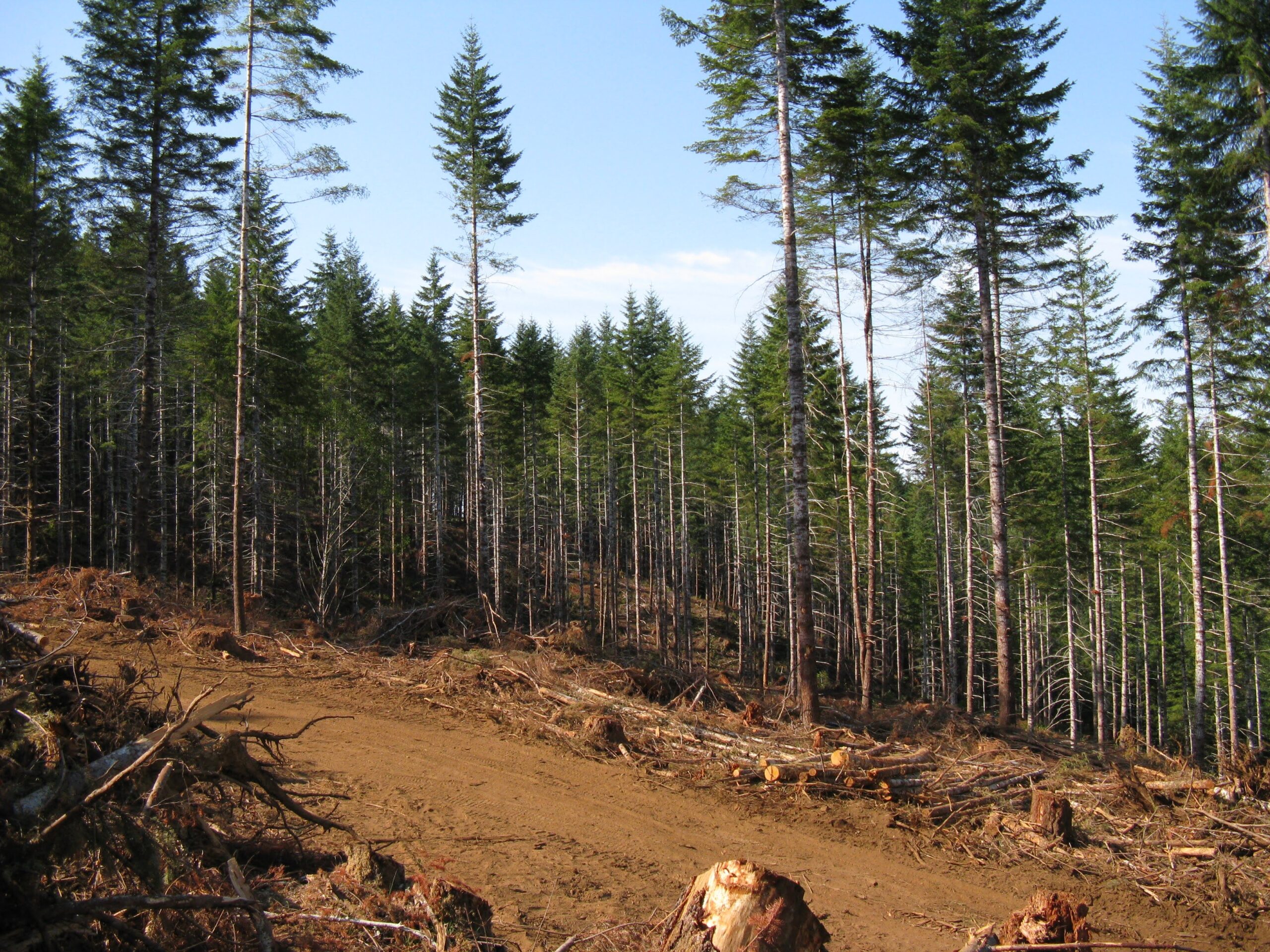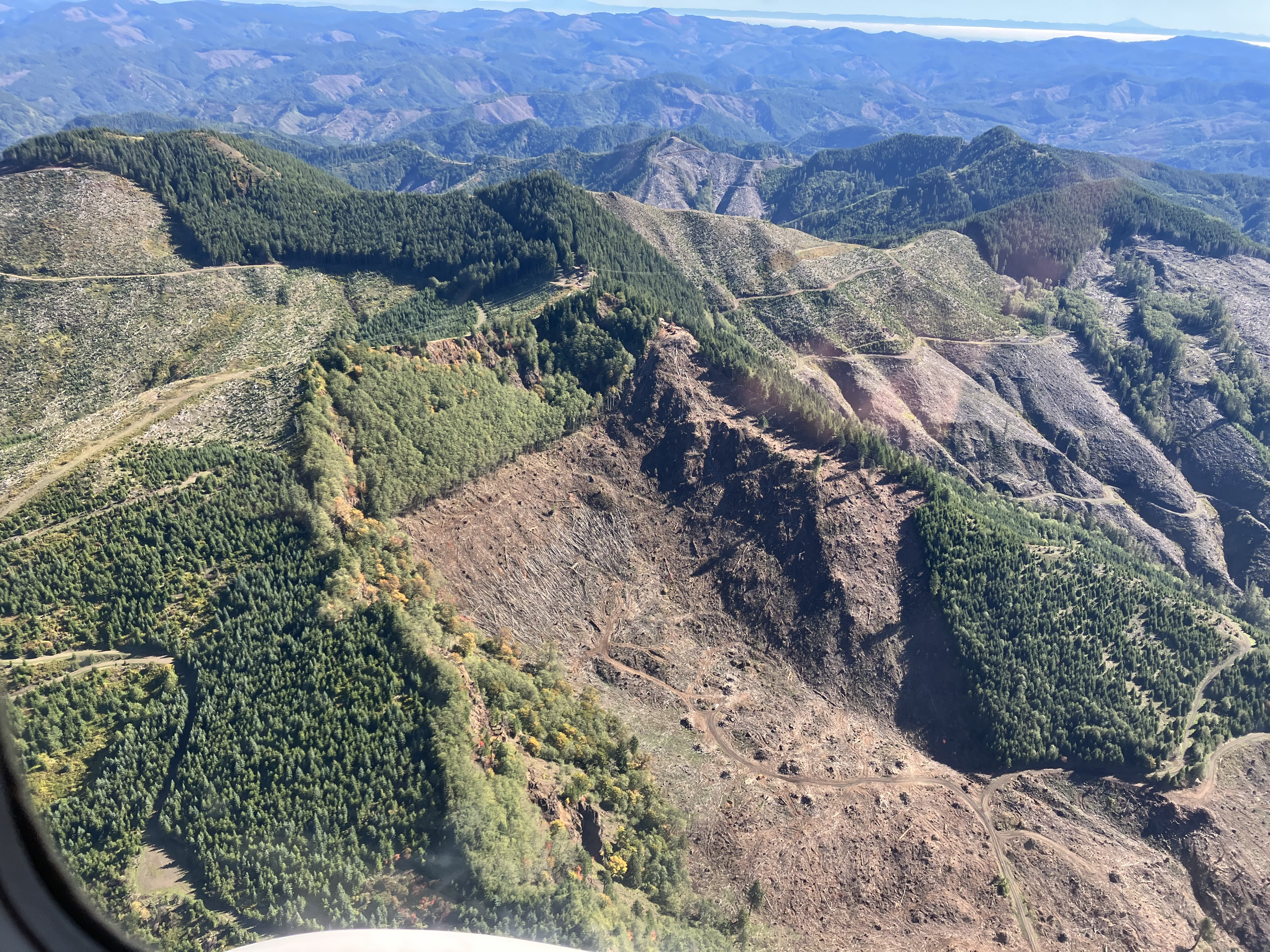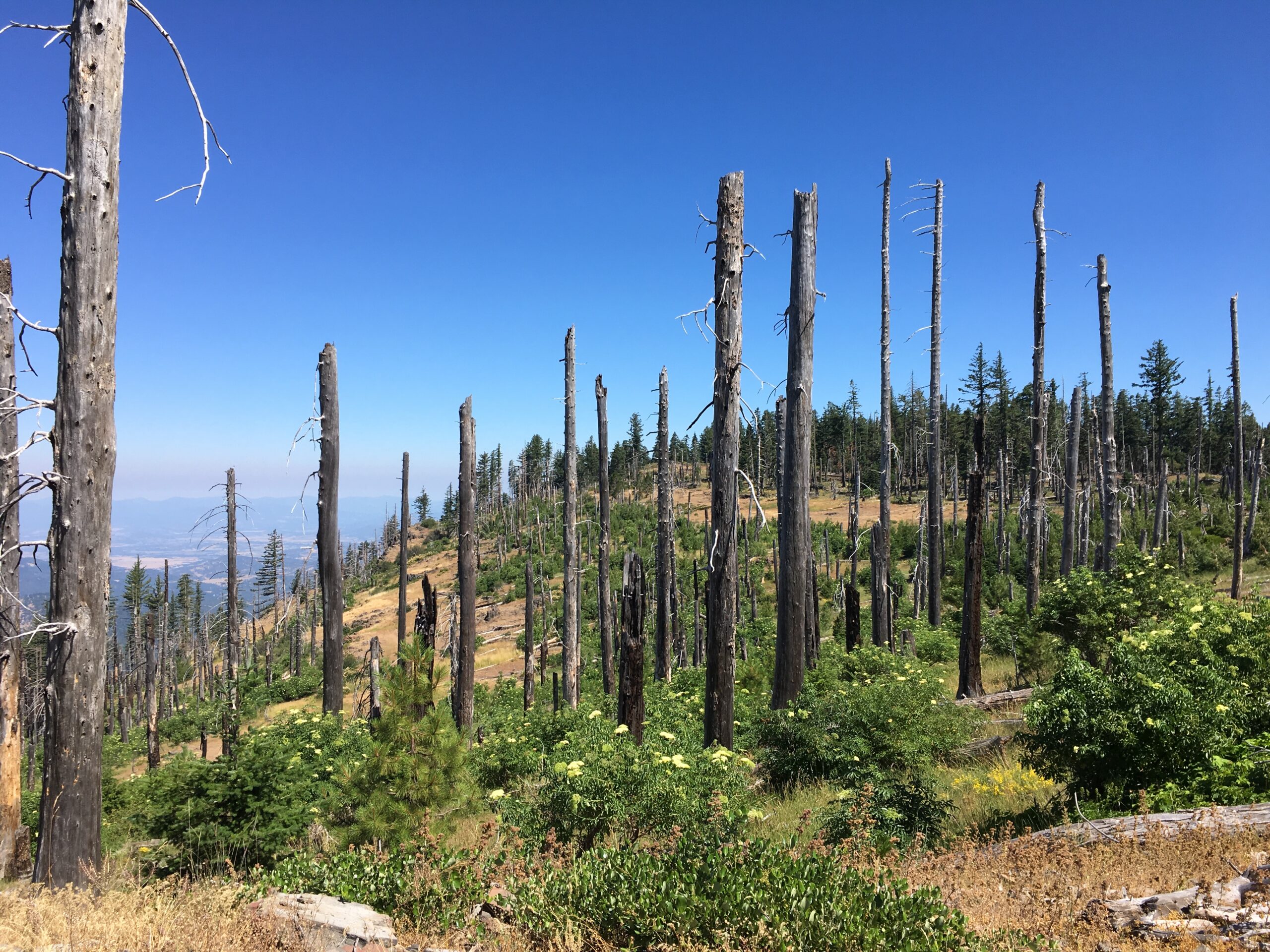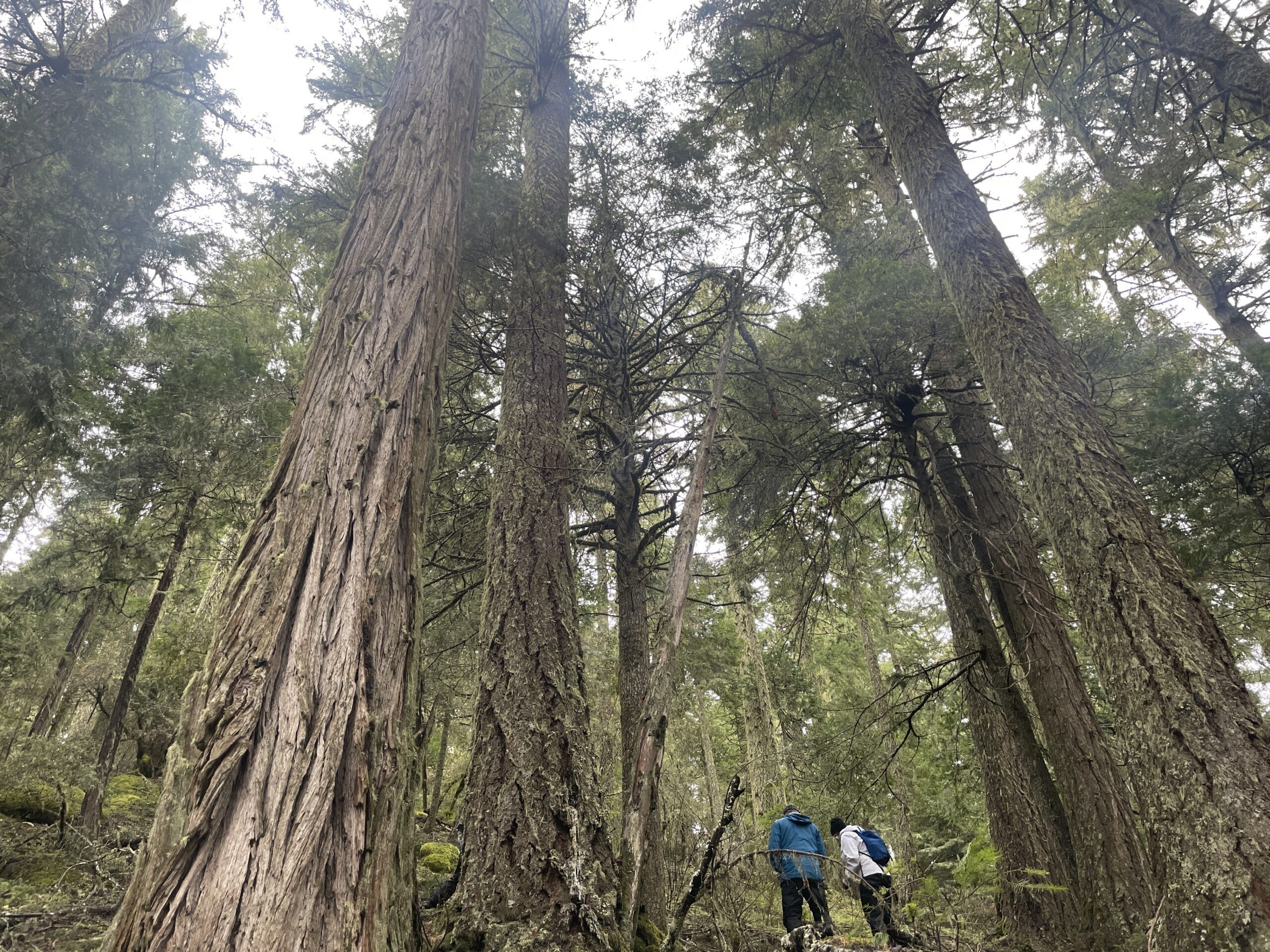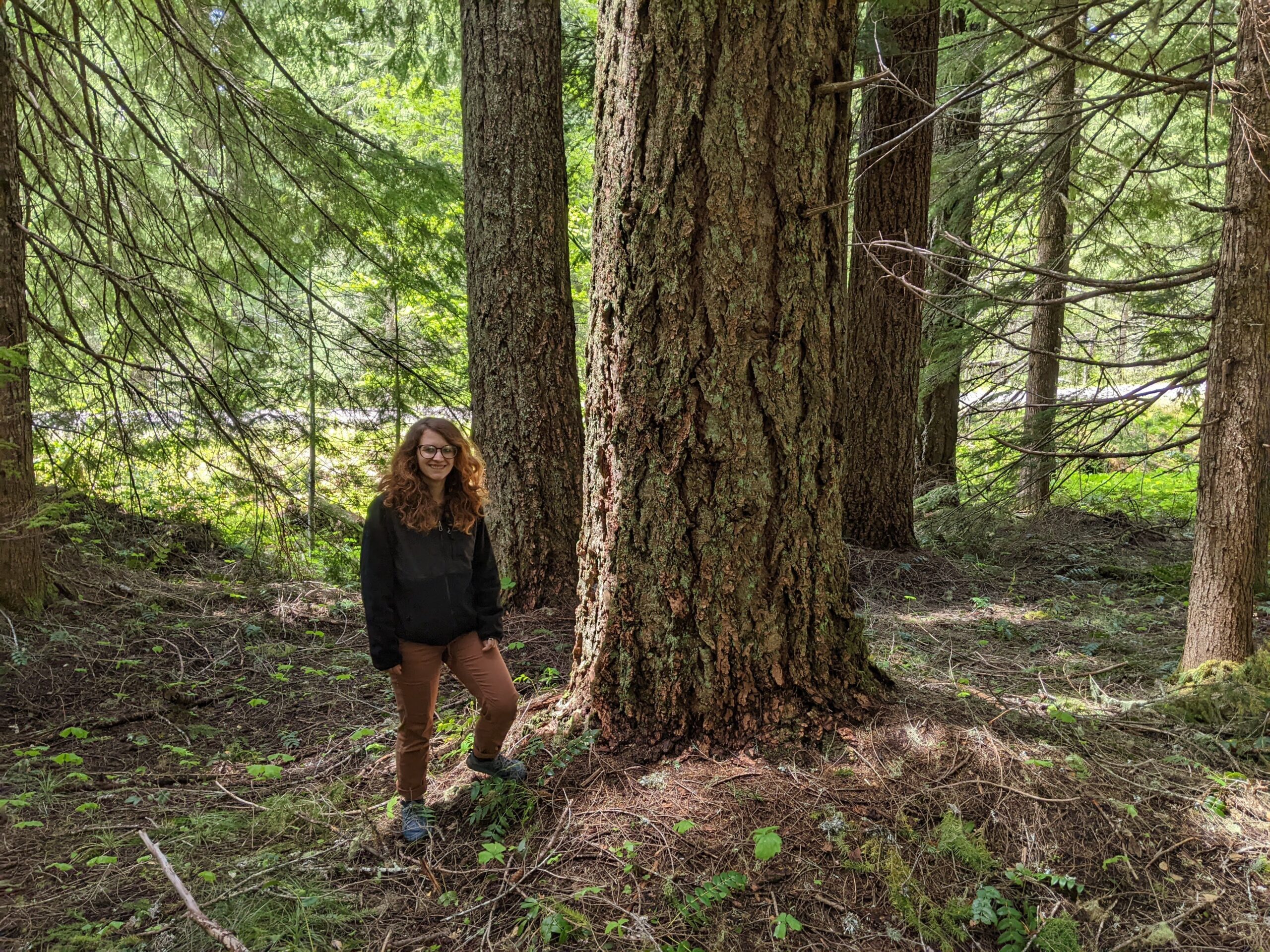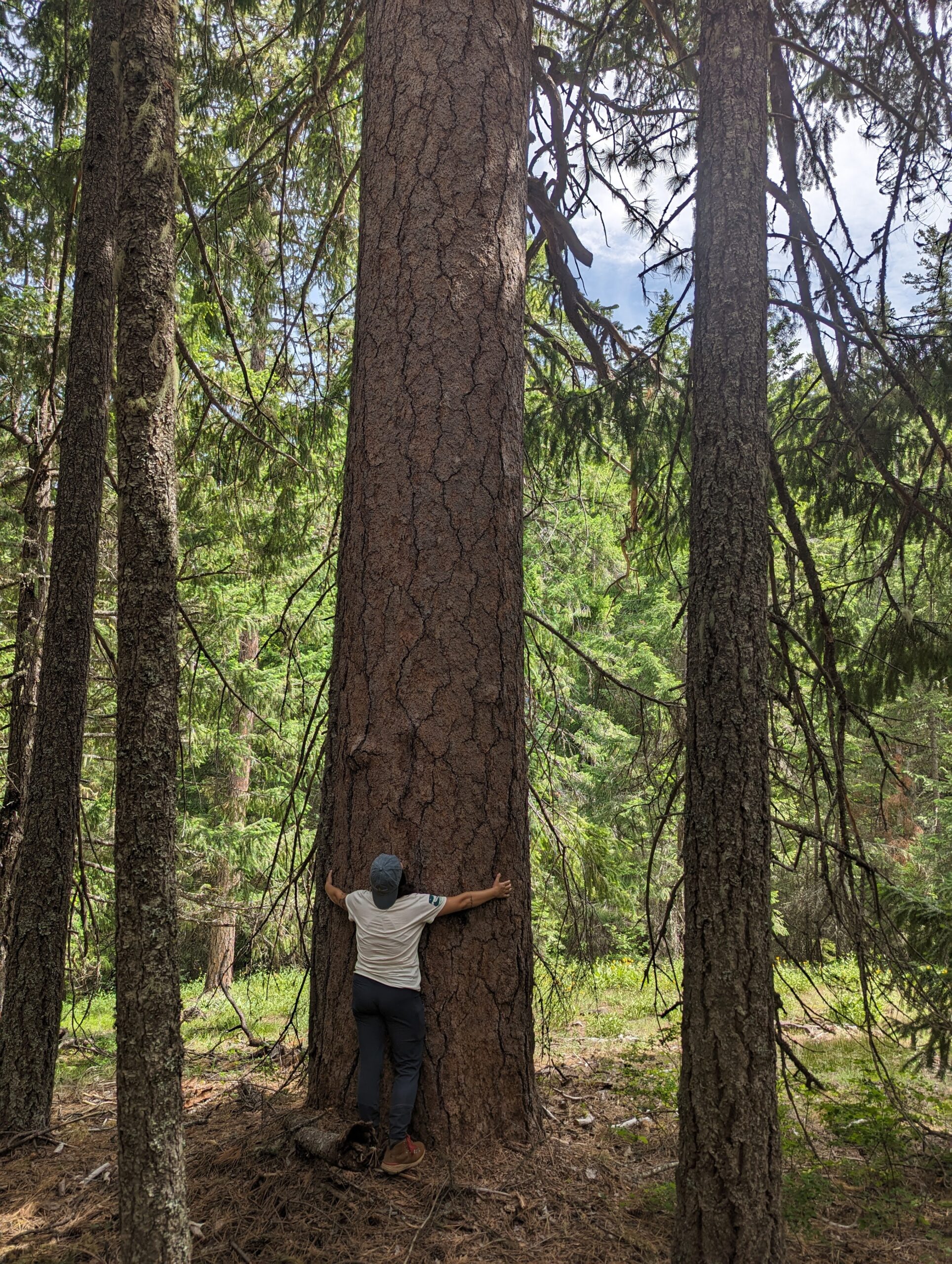Watchdogging Our Public Lands
Our watchdogging work has saved countless acres of ancient forests from chainsaws, maintained desperately needed stream and wildlife protections, and set legal precedent for protecting wild roadless places.
-
What are public lands in Oregon?
Public lands in Oregon belong to everyone and include our most cherished landscapes – from Crater Lake to Mount Hood to the Eagle Cap. Wild lands and forests on public lands provide the best wildlife habitat, cleanest waterways, best access for recreation and cultural practices, and our best natural climate solutions.
Public lands are managed by government agencies such as the Forest Service and Bureau of Land Management, for a variety of public values – including clean water, fish and wildlife habitat, recreation, and timber production. Some public lands have a great deal of protection under federal law thanks to years of advocacy by Oregon Wild and others. But other areas are open to logging, mining, water resource development, grazing, and other damaging management.
Public lands have a complex history given that all lands in the West (your favorite spot in a National Forest, the Oregon State University campus, downtown Bend, and the plot of land you live on) are stolen lands. Because our public lands are the least developed and exploited, they also retain some of the most important wildlife habitat and cultural resources that have been sustaining the Indigenous people of the Northwest for millenia. Read more on our Land Acknowledgement page.
Public Land ManagerAmount of LandType of LandUS Forest Service (USFS)16 million acresNational Forests, including Wilderness areasBureau of Land Management (BLM)15.7 million acresMostly desert landscapes in eastern Oregon, but includes 2.6 million acres of forested land in western Oregon, including the Cascade-Siskiyou National MonumentNational Park Service (NPS)281,000 acresCrater Lake National Park, several National MonumentsUS Fish & Wildlife Service598,000 acresNational Wildlife Refuges, such as Klamath and MalheurOregon Department of Forestry or Board of Forestry821,000 acresState Forests, mostly in the Oregon Coast Range, plus other scattered parcelsOregon State Parks113,000 acresMore than 250 individual parks -
Why do we need to watchdog public lands?
While vast, diverse forest ecosystems once covered half of the state, today most of these forests have been carved up by human activities like logging and roads, leaving too little intact habitat. Environmental laws and policies in place for public lands ensure safeguards for some of the remaining natural areas and waterways, but such safeguards are not always followed and are under constant attack.
Unfortunately, not everyone agrees with our vision of conservation on public lands. Extractive industries (and their allies) use their power to erode environmental protections and policies on public lands, push for logging of our last mature and old-growth forests, and spread misinformation.
We must be the voice for threatened wildlife habitat, forest ecosystems, and watersheds on public lands.
-
How do we watchdog public lands?
Under federal law, agencies like the Forest Service must analyze environmental effects for proposed logging and other projects, and consider public comments. Our staff monitor these proposals, weigh in during comment periods, and use the law to challenge proposals that pose unacceptable threats to wildlife, waters, or forest ecosystems. We work with partner organizations and our supporters to make sure public land managers and lawmakers know that we value ecologically-appropriate restoration, protections for mature and old-growth trees and forest ecosystems, intact wild places, connections for wildlife habitat, clean water, and more on our public lands.
We also work to ensure that environmental policies and laws are applied appropriately, and work to ensure they are not weakened. This can mean educating elected officials or filing litigation to prevent erosion of our bedrock environmental laws.
-
What difference does watchdogging make?
Having public land defenders like Oregon Wild speaking up for wild nature means fewer roads cut through untouched forests, more intact wildlife habitat, and government accountability to environmental laws. Our work over the years has ensured:
- Positive changes to environmental analysis and projects by offering science-based comments.
- Legal wins under federal environmental laws that inform future policy and project development.
- Informed the public with ways to weigh in on key protections for public lands like the Roadless Rule and on reckless logging projects that threaten our forests.
- A voice for conservation in the Klamath Basin against industrial agriculture interests who demand too much of the public’s land and water.
-
Where we work
Our watchdog work is most needed where strong environmental protections, such as under the Wilderness or Wild & Scenic Rivers Acts, are not in place. Our primary focus is on forested public lands, rather than desert ecosystems (we work to support our friends at the Oregon Natural Desert Association for those landscapes). These areas include:
- National Forests within the range of the northern spotted owl, a threatened species that relies on habitat restoration and protection of remaining old forests.
- The 2.6 million acres of Bureau of Land Management forests in western Oregon, which include some of the last remaining mature and old-growth forests at low elevation, providing immeasurable value for communities, wildlife, and our climate.
- The diverse forests – both dry and moist – across Eastern Oregon, where logging, grazing, and fire suppression have resulted in changes to the ecosystem that requires ecologically-appropriate restoration as well as protection for large, old trees.
- Forests recovering after wildfire, where post-fire logging can damage soil, regrowing vegetation, and wildlife habitat.
- The Tillamook and Clatsop State Forests, which have the potential to provide salmon and other threatened species habitat with a strong management plan.
- The Klamath Basin, where water is in short supply for threatened wildlife species.
On our watch list
Key Staff
- Doug HeikenConservation & Restoration Coordinator
- John PersellStaff Attorney
- Rob KlavinsNortheast Oregon Field Representative
- Casey KullaState Forest Policy Coordinator
- Steve PederyConservation Director
